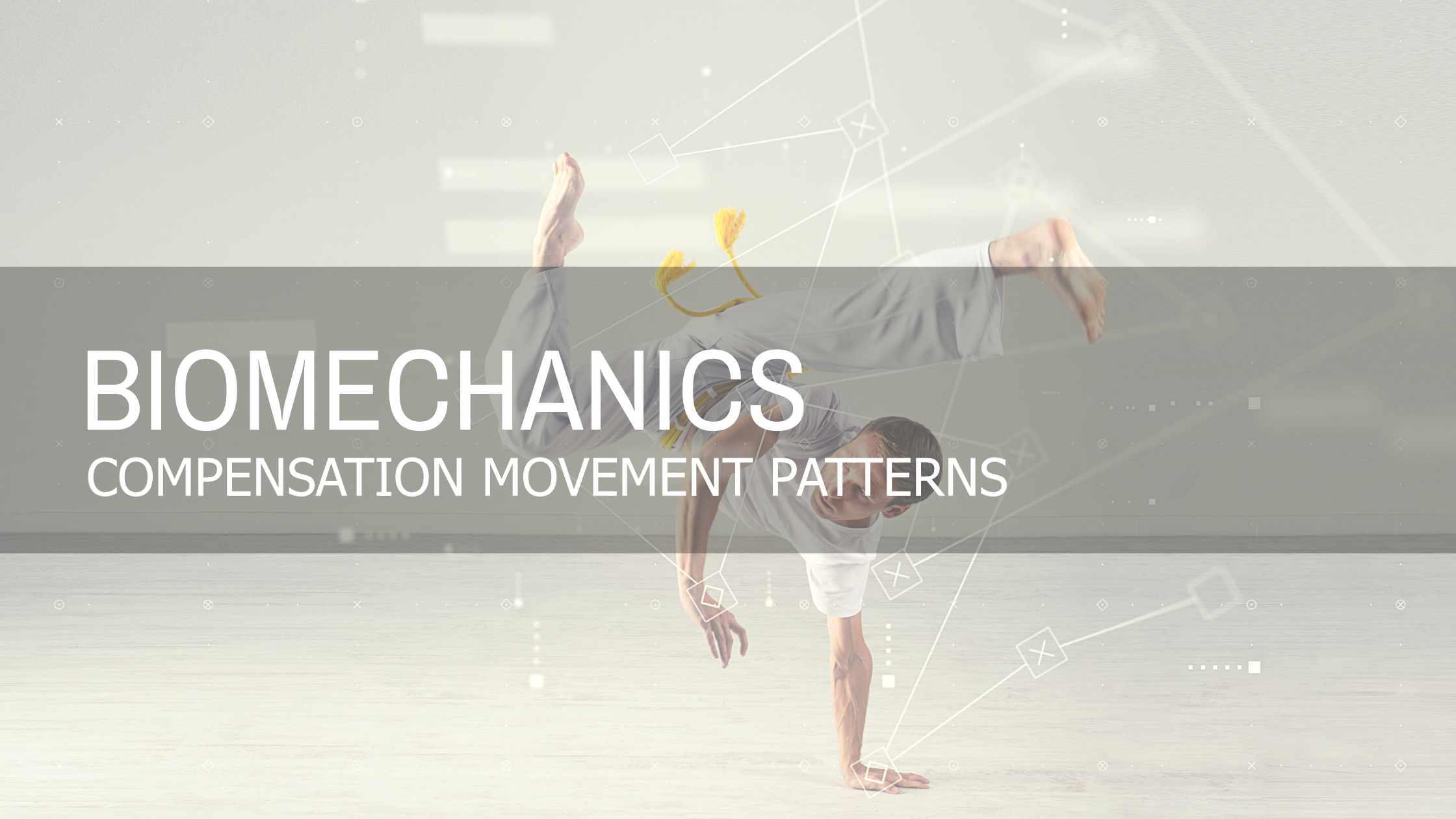
Apr 17 , 2021
0 Comments
Designed to Move | Compensation Movement Patterns
The Body’s Neutral State
When the body is at a neutral state (or how it’s designed to move), it is balanced in an upright position, with the head squarely centered on the neck between the shoulders. Moving downward, the spine is fairly straight with slight curvatures at the cervical (neck), thoracic (rib cage), lumbar (lower back), and sacral (above the tailbone) portions to accommodate bending and rotation movements. Furthermore, should be aligned relatively symmetrically with the hips. The hips act as a major stabilization force of the lower body. As a caveat, the vast majority of people have varying degrees of asymmetry within the body
What Are Compensation Movement Patterns?
Although the body is designed to work best in its neutral state, there can be genetic, environmental, medical, and neuromuscular factors which can influence how much the body veers from the optimal state. When there are muscular imbalances and physical asymmetries within the body, it can restrict and also prevent ideal movement and full range of motion. As a result, the body learns to adapt with other, often inefficient, ways of move. For example, if the right knee is injured, most people will put most of their support on the left side. Another example is when the glutes become under-activated, the hips and hamstrings will often become over-engaged to assist the movements that the glutes would normally perform.
These compensation movement patterns can be useful in the short-term (healing from injuries/surgeries); however, they can be a source of significant movement issues and pain if prolonged for too long called dysfunctional movement patterns.
How Do You Fix Compensation Movement Patterns?
To address compensation movement patterns, it is important to build and open up your core muscles. We would recommend the following exercises:
- Release - Latissimus, Pectoral Minor, Biceps Femoris, Gastrocnemius 60 sec
- Activate - Laying Prone Cobra 2 x 20
- Integrate - Dynamic Posterior Oblique Sling 2 x 20

